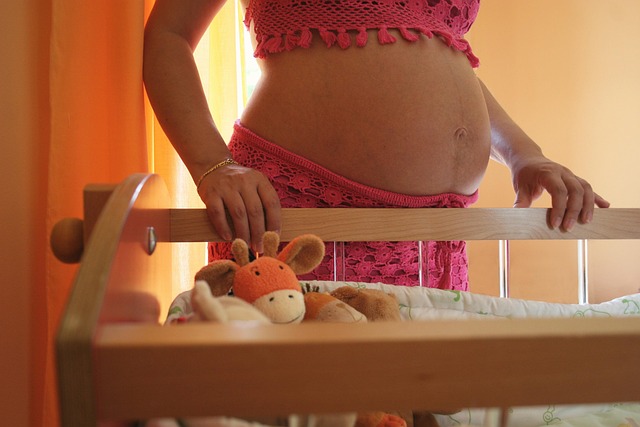Whenever I find myself in a public restroom, a wave of anxiety washes over me. While I wouldn’t classify myself as a full-blown germaphobe, I remain acutely aware of the plethora of germs lurking in the stalls, on wet counters, and, don’t even get me started on the grimy floors! When I have my child with me, I can’t help but become slightly frantic, ensuring that they DO NOT TOUCH ANYTHING with their bare hands. Honestly, I might as well wear a HAZMAT suit designed for public bathroom visits if such a thing existed.
I take necessary precautions, like using toilet seat covers—or, if there are none available, I carefully layer down toilet paper. I use my foot to flush non-automatic toilets, and yes, I’m that person who opens the stall door with a tissue. After washing my hands for the recommended 20 seconds (or one rendition of “Happy Birthday”), I rely on paper towels to turn off the faucet and dry my hands. I prefer paper towels because they are my very own, untouched length of brown recycled tree pulp from the automatic dispensers. While I appreciate the eco-friendliness, I still feel uneasy knowing trees sacrificed their lives for my hand-drying needs.
However, I’ve recently noticed a decline in paper towels and a surge in those loud jet air dryers. These sleek, silver machines often adorned with orange details and an eerie blue light are activated automatically when you place your hands beneath them. They blast hot air at speeds of up to 400 mph, effectively squeegeeing away the water. But for those of us over 38, the idea of squeegeeing our skin isn’t exactly appealing.
I’m not a fan of jet air dryers—not only do they wreak havoc on my delicate hands, but they also terrify my noise-sensitive child, who instinctively covers her ears whenever we’re near one. Perhaps most troubling is the mess they create. I rarely see more than one or two in a restroom, which means I often have to walk with dripping hands to reach one. Upon arrival, I can’t help but notice the stagnant pool of water at the base of the device, remnants from who-knows-how-many other wet hands. And let’s not forget the fine mist of water sprayed against the walls and the puddles accumulating on the floor beneath these machines. Gross.
Just take a look at this shocking example of what lurks around those air dryers. A user named Sarah Thompson shared a photo of what she cultivated in a Petri dish after just a few days. “This is what you’re spreading around your hands, thinking you’re walking out with clean hands,” she remarked. “You’re welcome.”
Research has shown that not only are these hand dryers unsanitary, but they might also pose health risks. A study featured in the Journal of Applied Microbiology tested three hand-drying methods—paper towels, warm air dryers, and jet dryers—to see which method dispersed the most viruses in the air. The findings were alarming. Participants washed their hands with a low-level virus called MS2 and then dried them using one of the three options. The results revealed that jet air dryers expelled germ-laden particles significantly farther and higher than either paper towels or traditional hot air dryers. Fifteen minutes after using a jet air dryer, the surrounding air contained 50 times more MS2 than that from hot air dryers and 100 times more than when paper towels were used.
Clearly, we should revert to using paper towels wherever possible. Unfortunately, public restrooms are unlikely to abandon their jet dryers in favor of the old-fashioned methods anytime soon. The reality is that electric dryers are cheaper to produce and maintain than managing the expenses associated with paper towels. Environmentally speaking, eliminating paper towels might seem logical.
Moreover, germs are everywhere. In public restrooms, the concern about germs from jet dryers is just the tip of the iceberg. A study by the American Society of Microbiology observed that many people claim to wash their hands after using the bathroom but don’t actually do so. In major cities like Atlanta, Chicago, New York City, and San Francisco, researchers found that while 90% of women reported washing their hands, only 75% of men did. This contrasts sharply with the 97% of women and 96% of men who claimed to wash their hands in surveys. Come on, folks!
And let’s not ignore the germ-infested water that sprays up when those powerful public toilets flush. You might find yourself holding in your pee until you can get home.
So, do jet air dryers have the potential to make you sick? While nothing has been definitively proven, with cold and flu season being so brutal this year, I wouldn’t take any chances. My solution? A personalized restroom kit including portable toilet seat covers, extra tissues, and hand sanitizer—at least until someone invents that HAZMAT suit.
In summary, while public restrooms present numerous hygiene challenges, jet air dryers are particularly concerning due to their potential to spread germs. It may be time to reconsider our choices when it comes to hand-drying methods in public settings. For more insights, check out this article on pregnancy resources or learn more about home insemination options.
